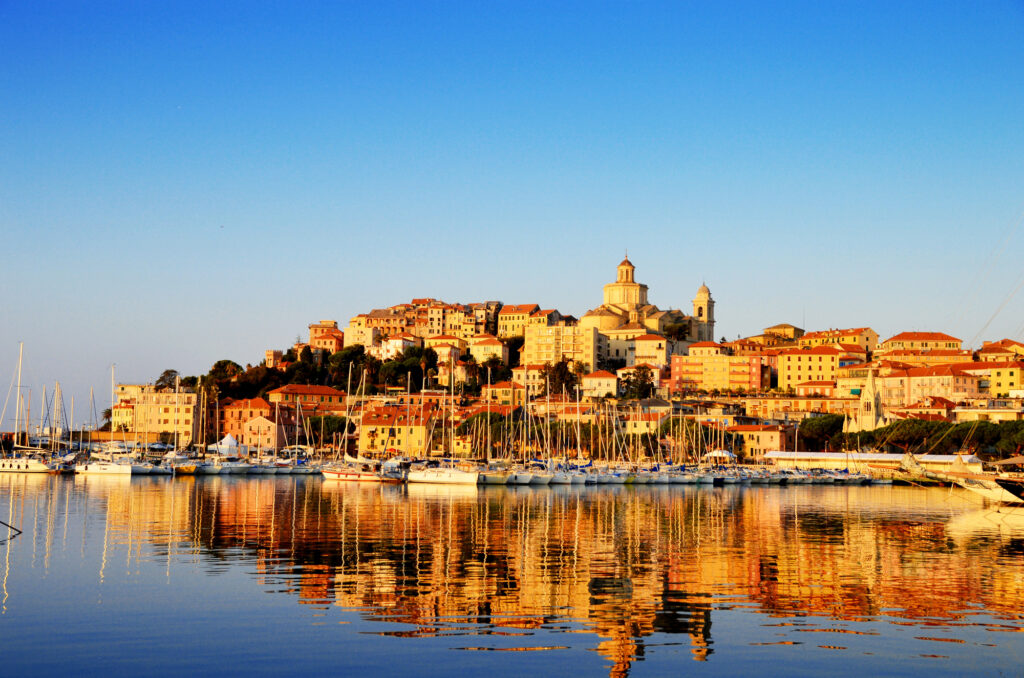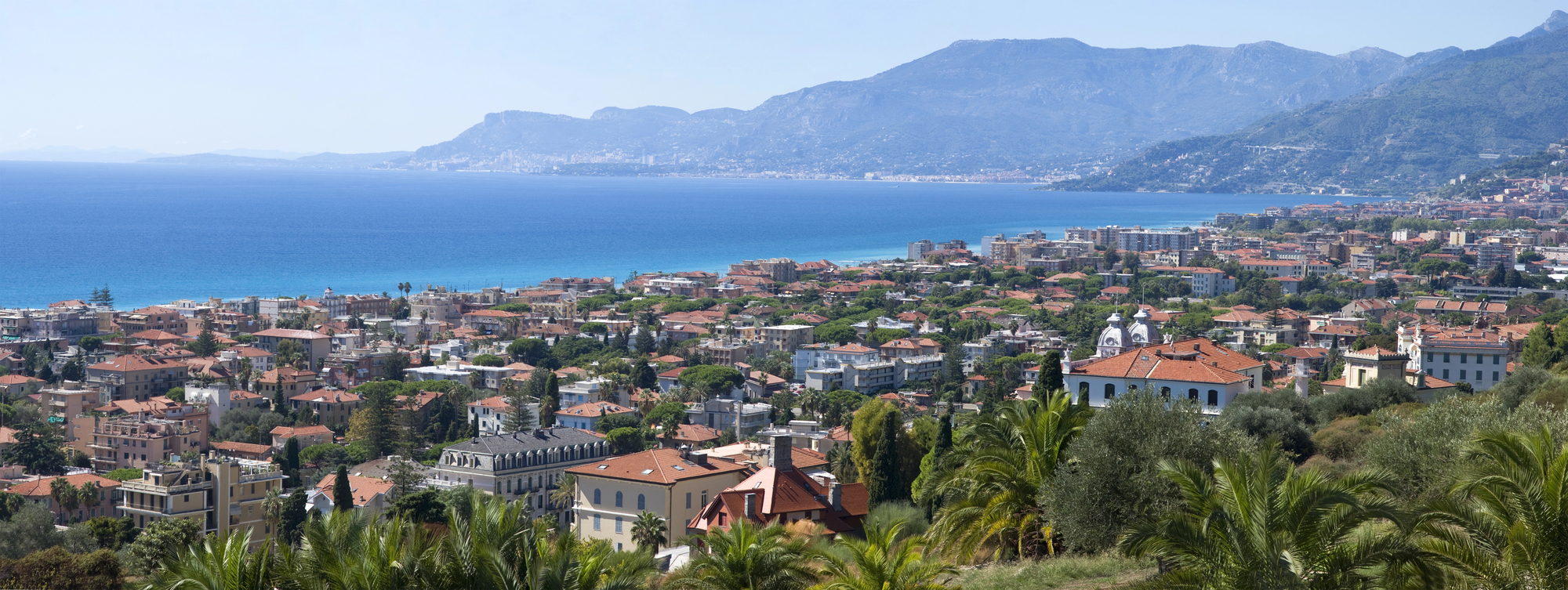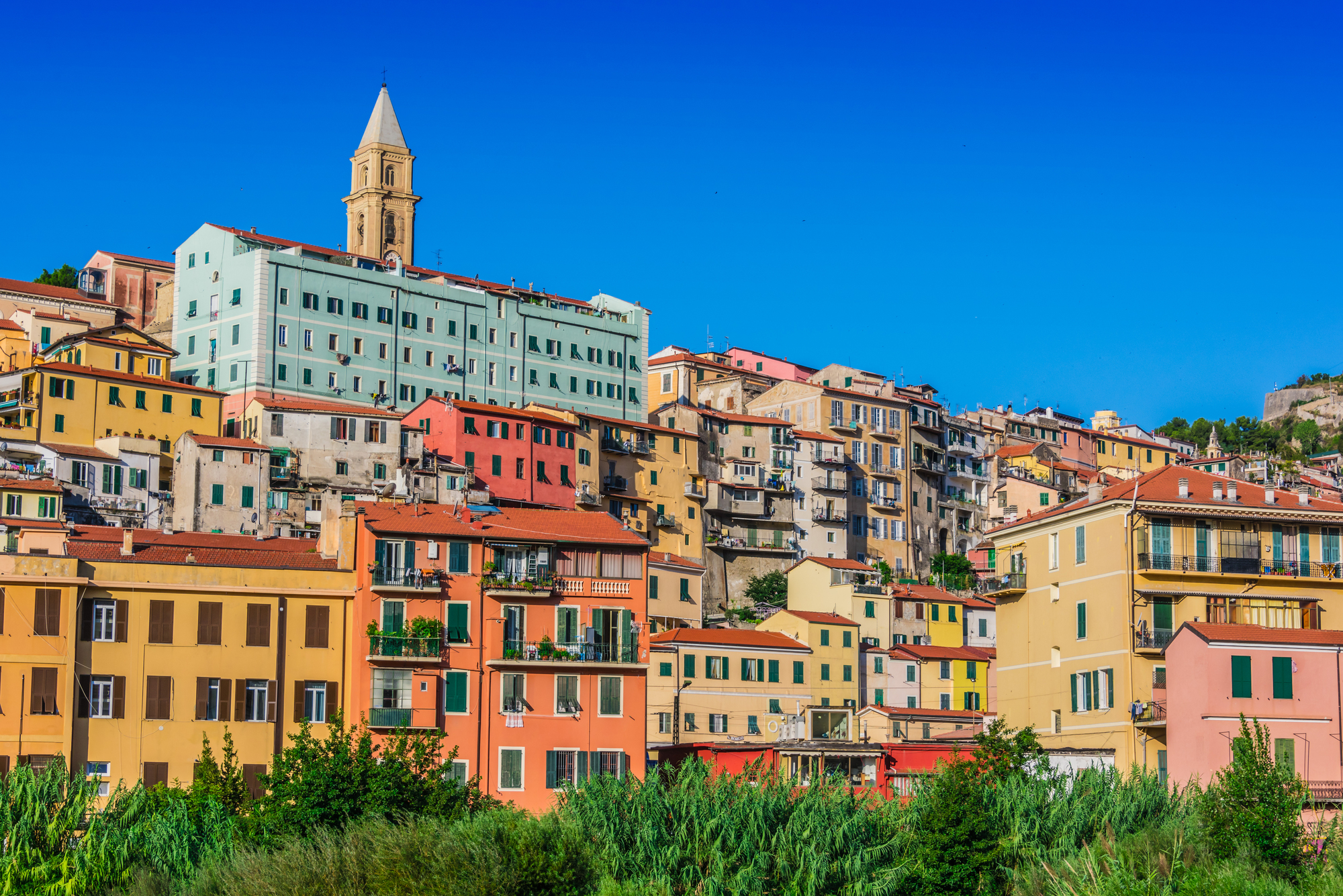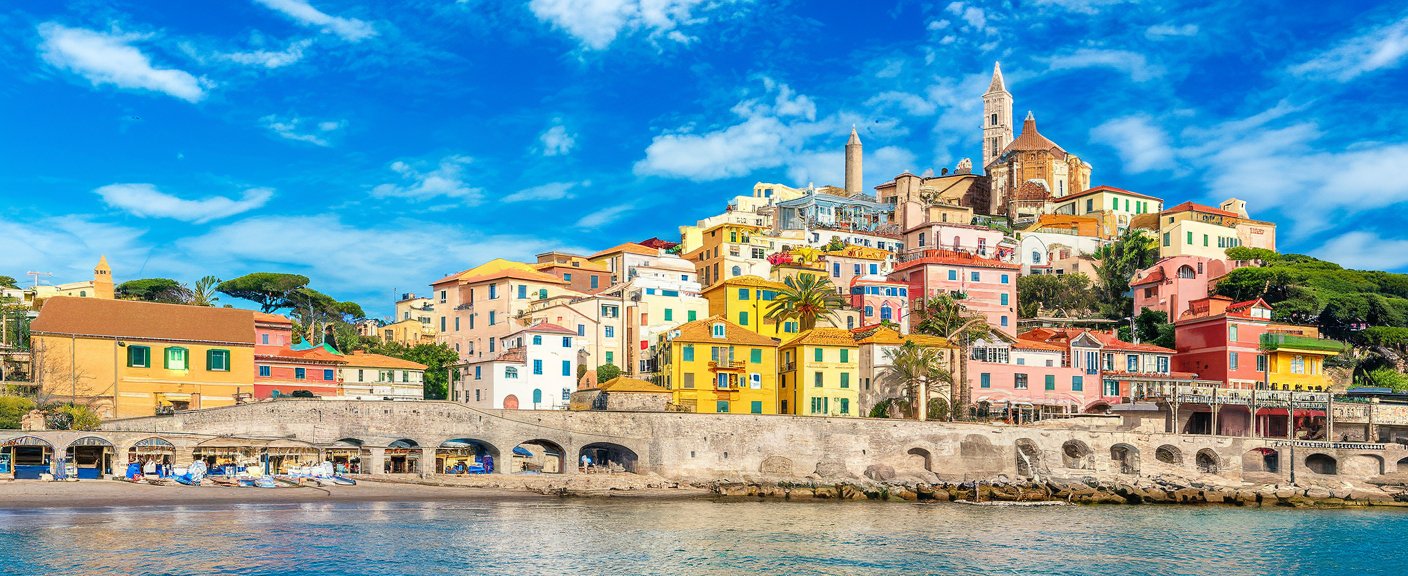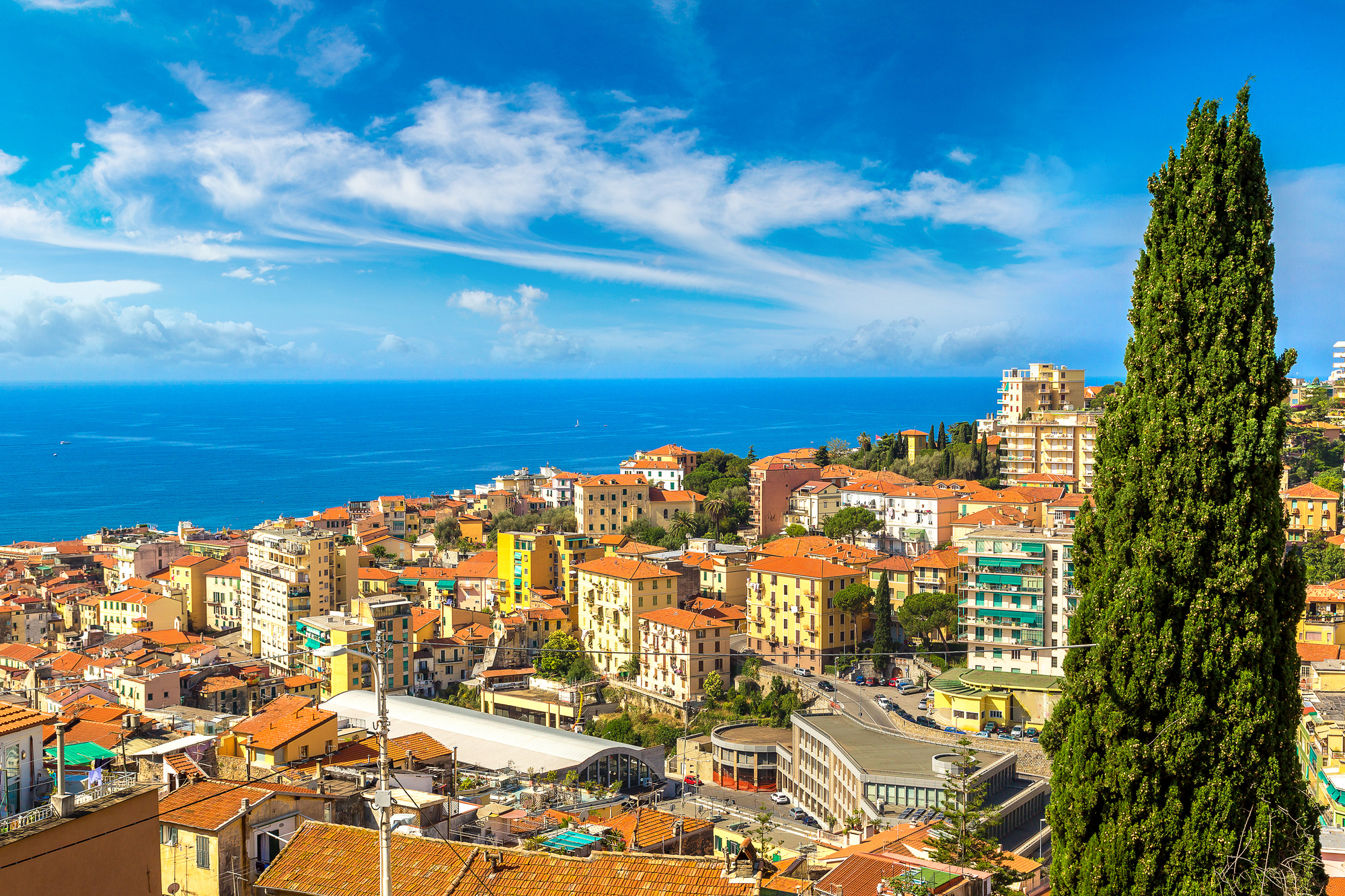Nestled beautifully on the Mediterranean coast, Imperia offers a charming escape into the heart of the Italian Riviera. Known for its vibrant mix of hill hamlets and seaside panoramas, Imperia seamlessly blends natural beauty with rich history. This coastal gem, situated in the Liguria region, only became a united city in 1923, making it a relatively young yet fascinating destination.
As you wander through Imperia, you’re greeted by the stunning Riviera di Ponente, an area famous for its flower-filled landscapes and sparkling beaches. The proximity to both mountains and sea ensures a range of activities, from relaxing on the shores to exploring the scenic hills. With its strategic location between Sanremo and Albenga, it’s a perfect spot to explore the broader Ligurian coast.
Find available hotels and vacation homes instantly. No fees, best rates guaranteed!
Imperia’s old town beckons with its intricate lanes and historic sites, inviting you to step back in time. Experience the true essence of Italian coastal life where the Mediterranean’s warm embrace and Liguria’s culinary delights await.
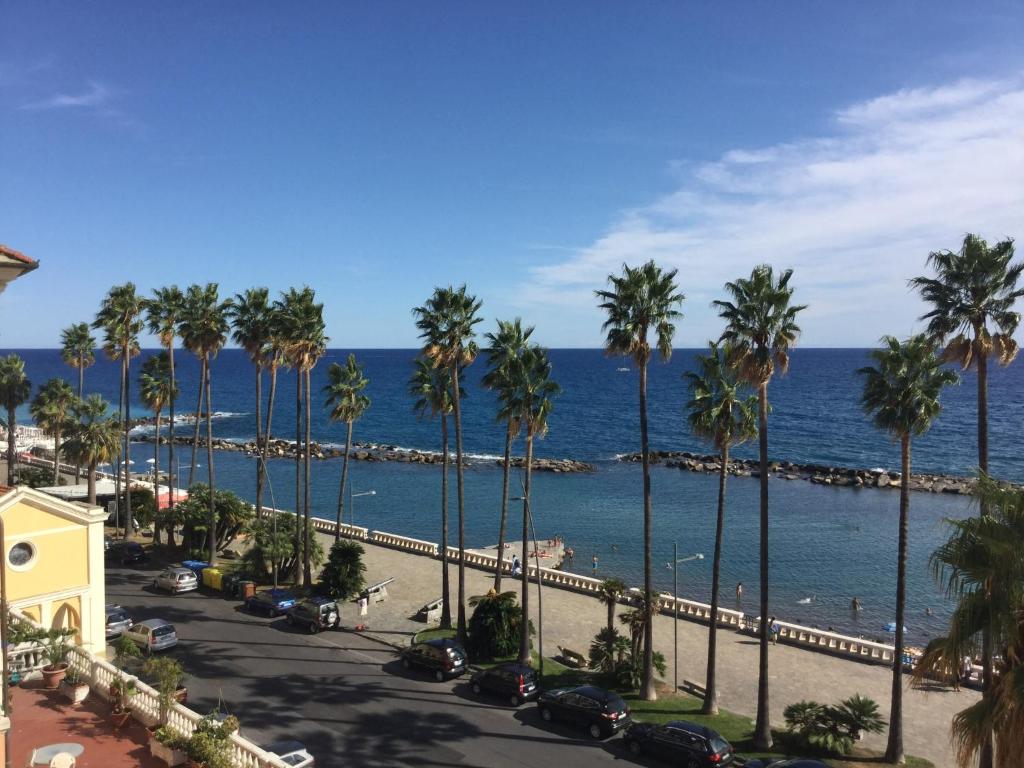
How to Get to Imperia
Imperia is accessible by various means of transportation. Situated between Genoa and the French border, it offers convenient options for travelers.
By Train: Take the train on the Genoa-Ventimiglia line, which frequently stops in Imperia. It’s a scenic and comfortable journey, with connections from Genoa, Ventimiglia, and other nearby towns like Sanremo and Diano Marina.
By Car: Drive along the A10 highway, exiting at either Imperia Ovest (Porto Maurizio) or Imperia Est (Oneglia). The drive from Nice or Monaco offers stunning sea views. Consider renting a car here.
By Bus: Buses connect Imperia with surrounding areas like Arma di Taggia and Albenga. Local bus services are reliable, providing an affordable travel option.
From Major Cities:
- From Milan, take a direct train or drive to enjoy the beautiful landscapes of northern Italy.
- Genoa has frequent connections to Imperia by both train and car.
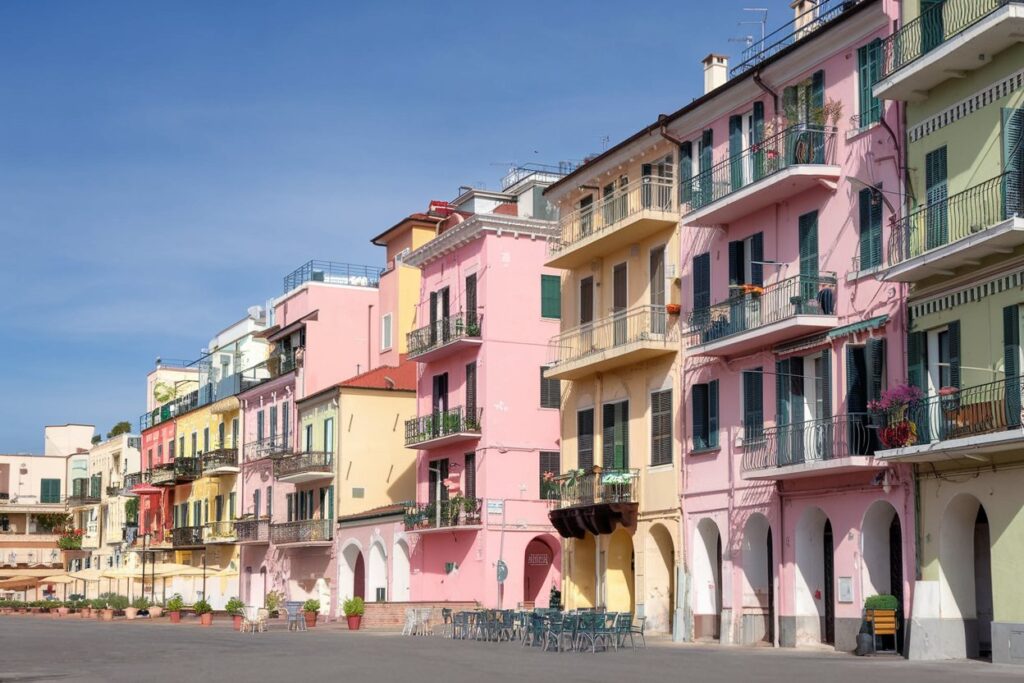
What to See in Imperia
Imperia, Italy is a captivating coastal city full of beautiful sights and rich history. Porto Maurizio is a charming area, known for its medieval atmosphere and narrow streets. Don’t miss the Logge di Santa Chiara for stunning views of the Ligurian Sea.
In Oneglia, explore lively markets and enjoy delicious seafood at local restaurants. Calata Cuneo offers a beautiful waterfront promenade where you can savor the scenic beauty. For a taste of local culture, visit the Museo dell’Olivo and learn about olive oil production.
Villa Grock is a unique attraction, featuring architectural whimsy and stunning gardens. This villa is dedicated to the famous clown Grock and offers a peek into his life and creativity.
For art enthusiasts, a stroll through Parasio unveils quaint streets lined with beautiful buildings. You can also venture to nearby villages like Cervo and Laigueglia to experience picturesque settings and charming beaches.
Relax at Borgo Prino beach or wander through the historic center, discovering hidden gems along the way. Treat yourself to gelato or pizza, soaking in the vibrant atmosphere.
Check out our articles on the best things to do in Imperia, Italy and best restaurants in Imperia, Italy for even more ideas!
Where to Stay in Imperia
Read our article on hotels near Imperia, Italy for the best options for your stay. Here’s a short list of some options:
If you’re looking to stay in a vacation home, apartment, BnB, or VRBO in Imperia, Italy, we recommend you search on VRBO, Hotels.com, and Booking.com for up-to-date options.
History of Imperia
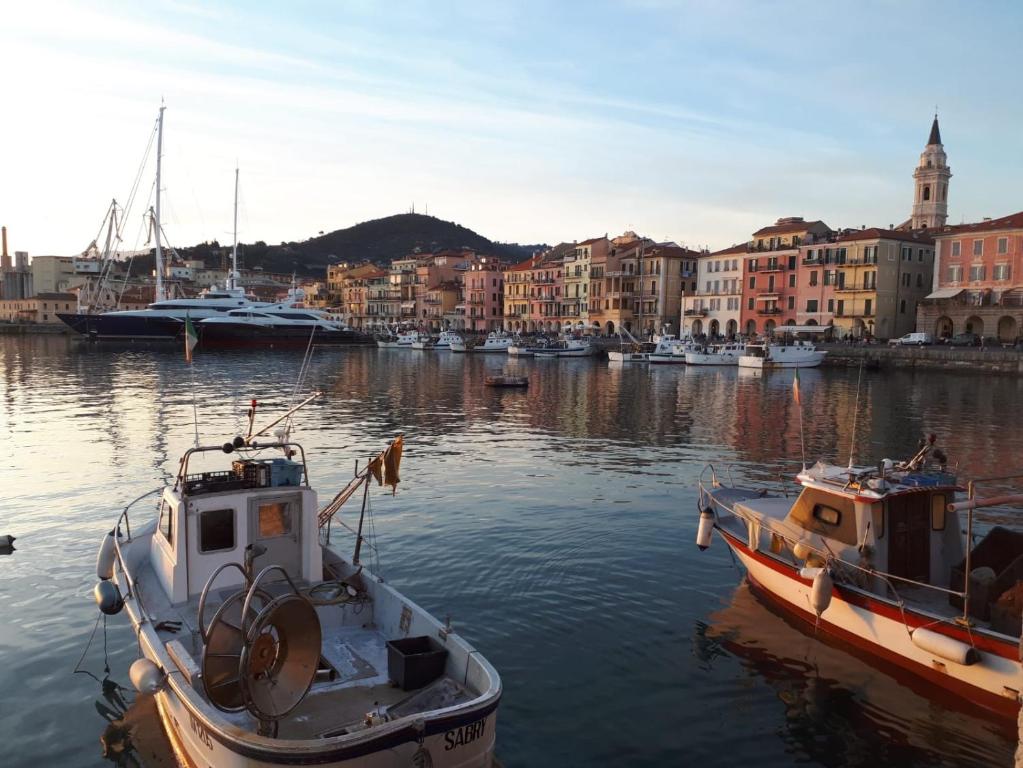
Imperia, a picturesque city on the Ligurian coast, was born in 1923. This unique city came into existence when two towns, Porto Maurizio and Oneglia, united under the vision of Benito Mussolini. The combination also included several nearby communes, which formed a single administrative unit.
The city’s name stems from the nearby Impero River, which adds to the area’s natural charm. As the capital of the Province of Imperia, it still holds historical importance as part of the larger Liguria region.
Porto Maurizio has a rich maritime past, with influences from past trade routes, and Oneglia was historically known for its olive oil production. Their union brought together these diverse histories, creating a city with a blend of culture and tradition.
As you stroll through Imperia, you’ll see charming old buildings and narrow streets, reflecting its past. Each neighborhood tells a story of the city’s journey from several small communities into the bustling hub it is today.
Take a moment to visit the Museo dell’Olivo, which celebrates the city’s olive oil heritage. Walking through these streets, you’ll feel the echoes of history in every corner of Imperia.
Nearby Towns to Imperia
Imperia, a vibrant town on the Ligurian coast, is surrounded by several larger towns that offer a variety of attractions and experiences. Here are five of the closest big towns to Imperia:
- Sanremo: Sanremo is renowned for its annual music festival and the elegant Casino di Sanremo. This coastal town offers a mix of cultural events, beautiful gardens, and a picturesque old town.
- Savona: Savona is a port city with a rich history, featuring landmarks like the Priamar Fortress and the Sistine Chapel of Savona. The city combines historical attractions with modern amenities, making it an interesting stop along the Ligurian coast.
- Albenga: Albenga is a historic town famous for its well-preserved medieval architecture and ancient Roman ruins. The town’s charming old center features narrow alleys, historic towers, and the beautiful Cathedral of San Michele Arcangelo.
- Ventimiglia: Ventimiglia is a historic town near the French border, known for its medieval old town and vibrant weekly market. The town also features the Hanbury Botanical Gardens, showcasing a vast collection of exotic plants.
- Genoa: Genoa, the capital of Liguria, is known for its rich maritime history, stunning architecture, and vibrant cultural scene. Key attractions include the historic port, the Aquarium of Genoa, and the UNESCO-listed Palazzi dei Rolli.
Discover hand-picked hotels and vacation homes tailored for every traveler. Skip booking fees and secure your dream stay today with real-time availability!

